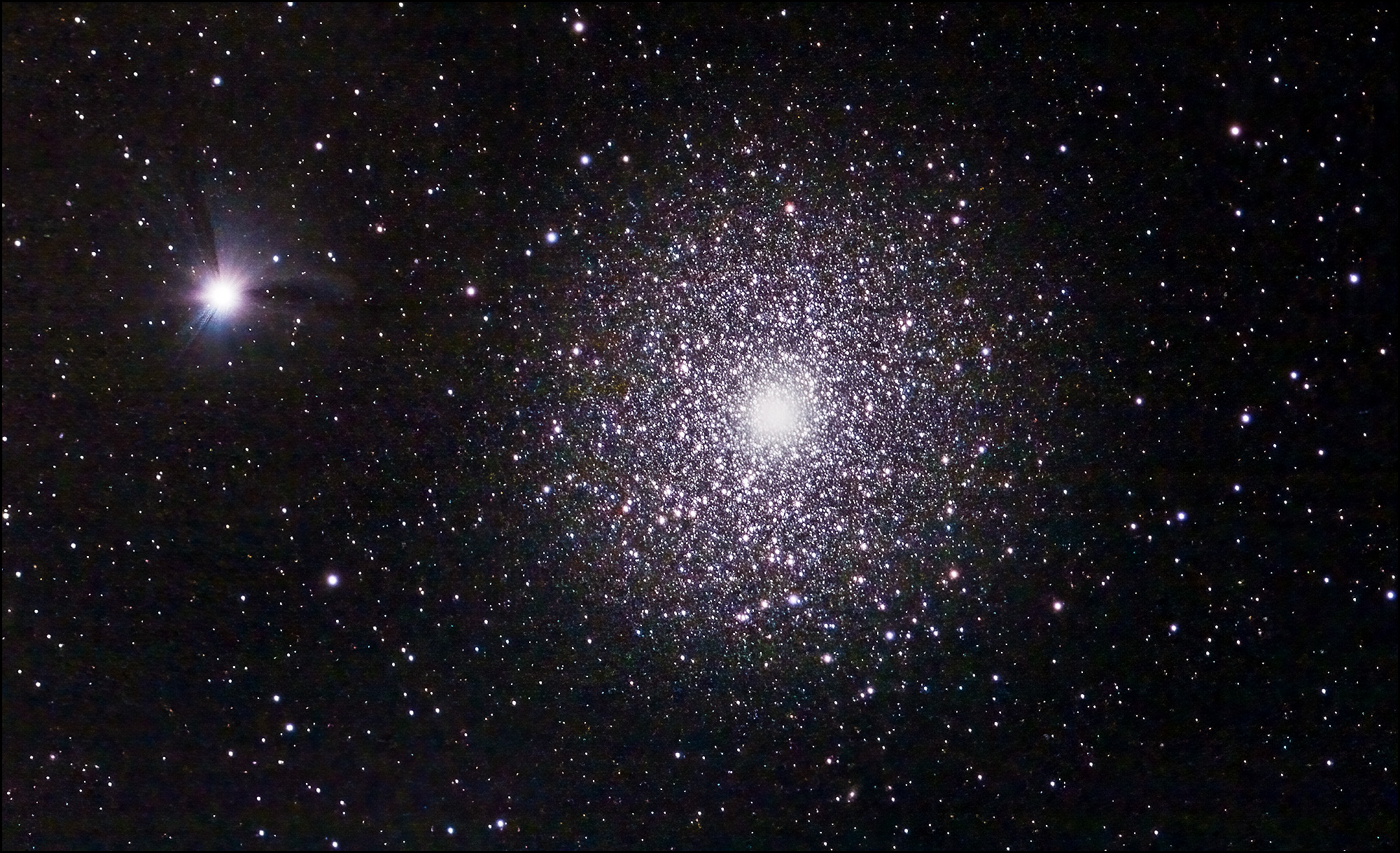I missed the Super Bowl on Sunday because I was driving out to the desert for my latest astronomy session. It was a dog's breakfast.
I set everything up normally, but for some reason neither the mount nor the focuser would work. After hours of investigation I discovered that, for some reason, the computer's virtual serial ports had been shut down last Thursday and then reinstalled when I turned on the laptop on Sunday. I have no idea how or why this could happen since the laptop wasn't even running on Thursday. It just sits around in sleep mode in between astronomy sessions.
In any case, the ports were somehow reinstalled differently or wrong and wouldn't communicate with either the mount or the focuser. Finally, with no idea what else to try, I rolled back everything to a week ago, and it worked! Unfortunately, it also wiped out all the settings from my astronomy program, which I slowly figured out and had to reset from memory.
Yeesh. But finally everything worked and, for the first time, I took a picture of a globular cluster. I've never done it before because globular clusters are boring: they are, as the name implies, just a glob of stars.
Still, they're some of the oldest stars in the galaxy. The cluster below is M5, aka the globular cluster in Serpens. It contains about 100,000 stars (out of 100 billion in the galaxy) and is about 10 billion years old. The bright star in the upper left is known as 5 Serpentis. It's a close star, only about 80 light years away (M5 itself is more than 20,000 light years from us).
I may try this one again someday. I cut the exposure time to 2 minutes per frame, but that might still have been too much. I also imaged it for only 90 minutes. It might be better with a shorter exposure to resolve the stars better and a much larger stack to resolve out the noise and (possibly) bring out the star colors better.






